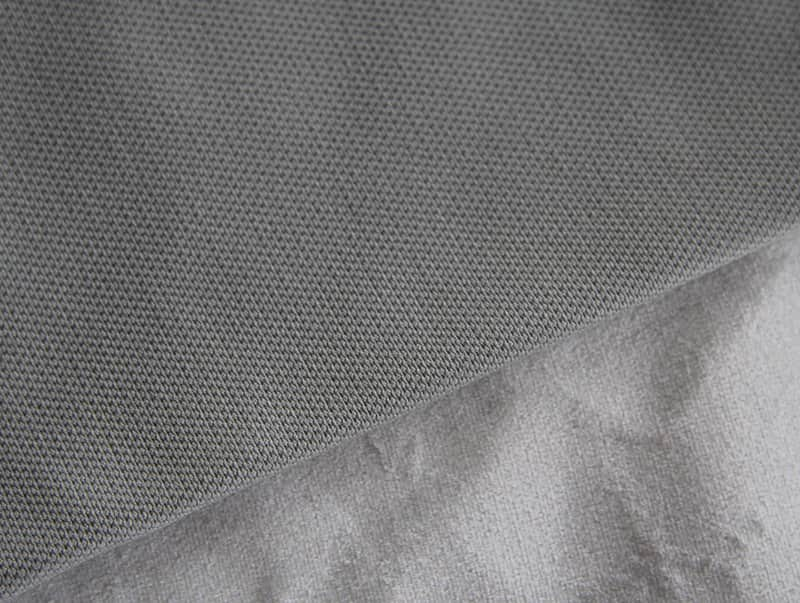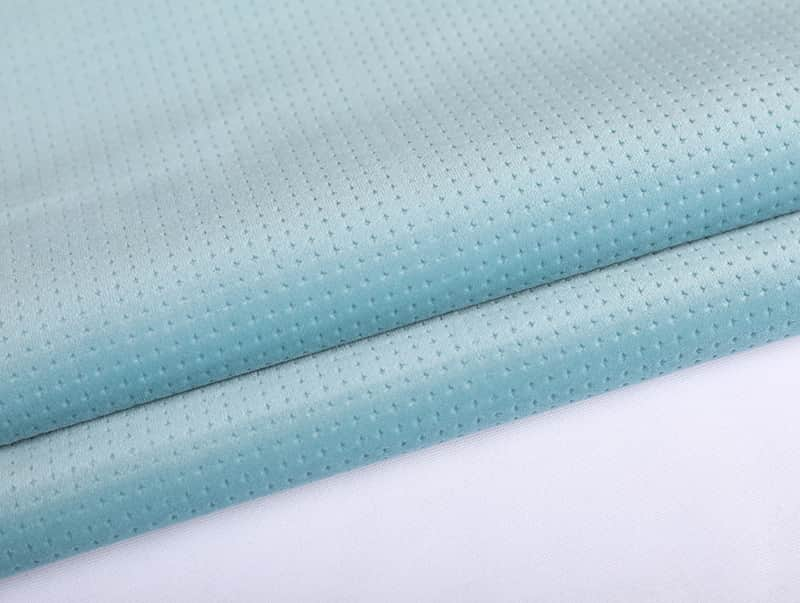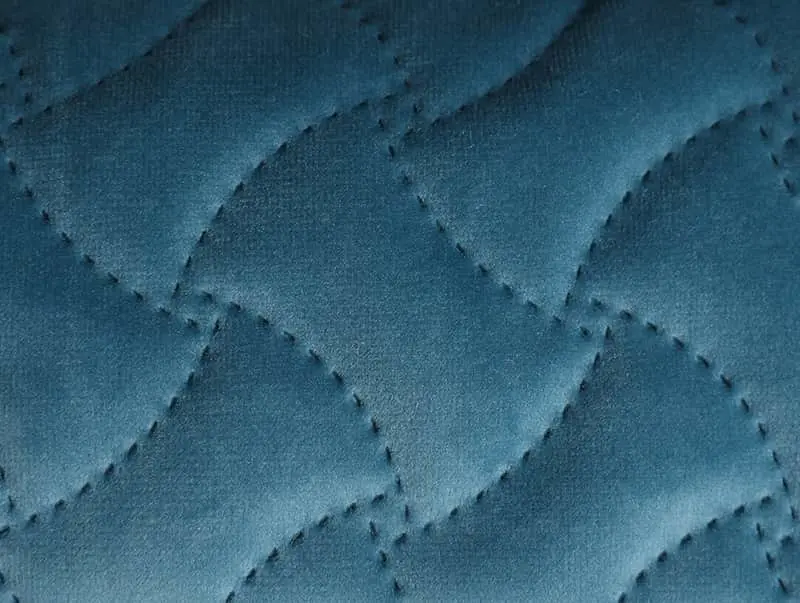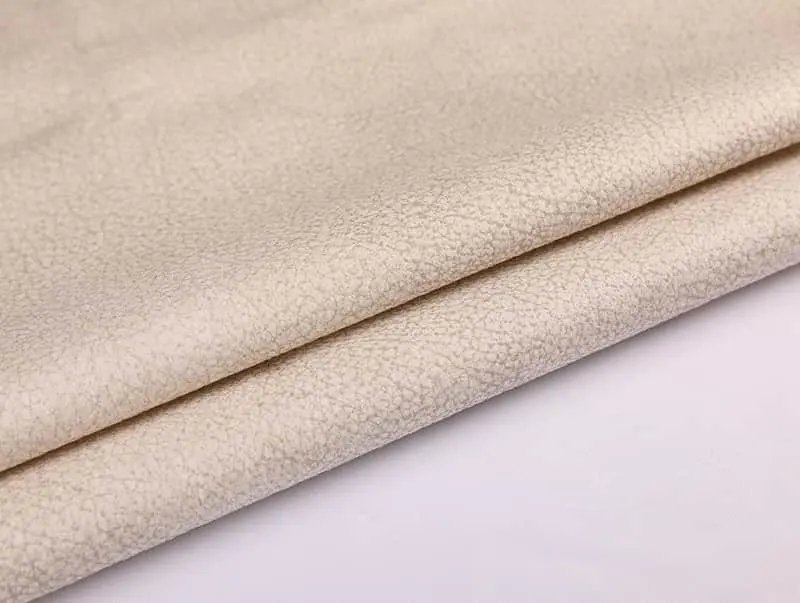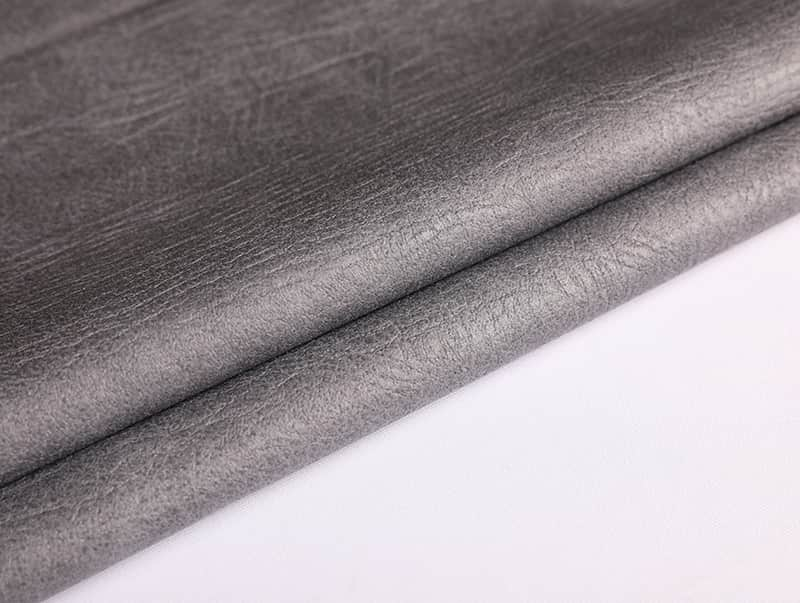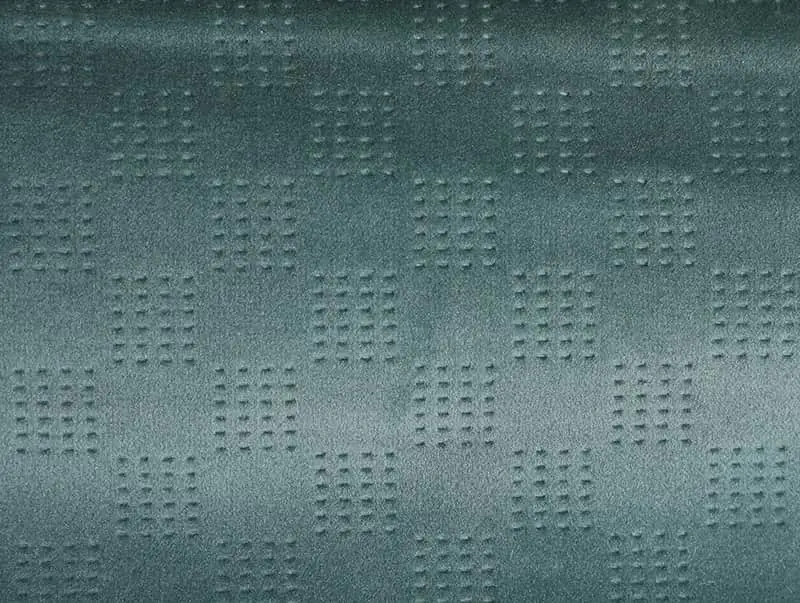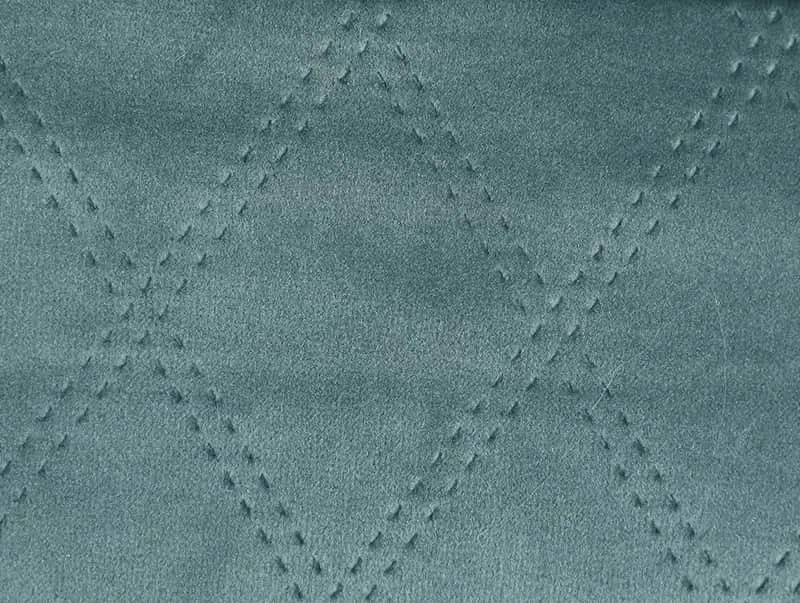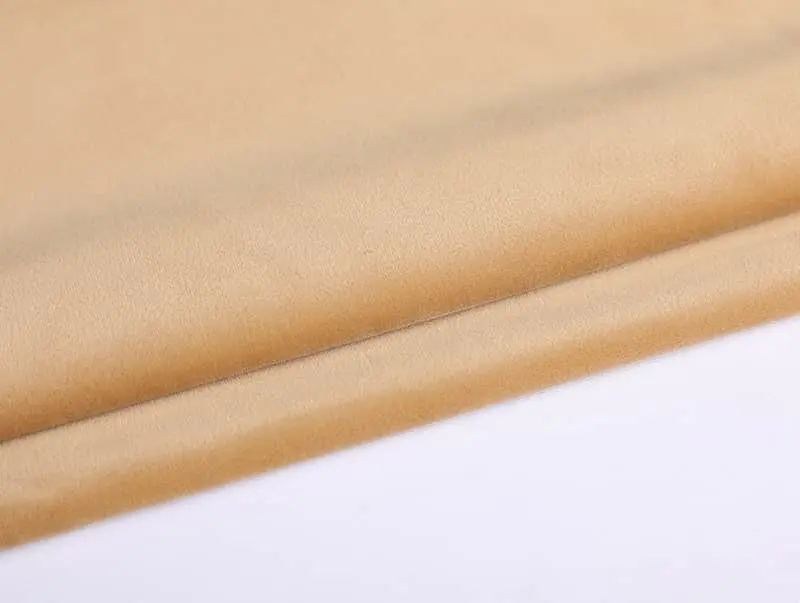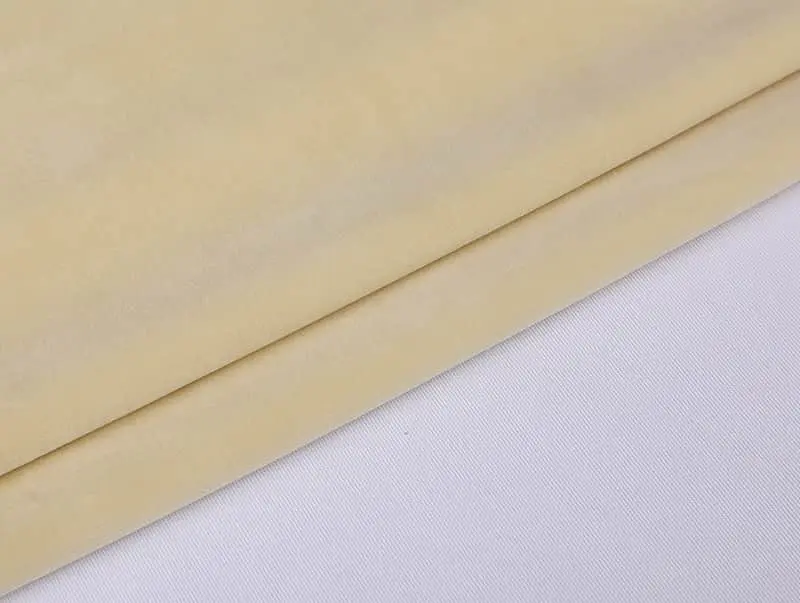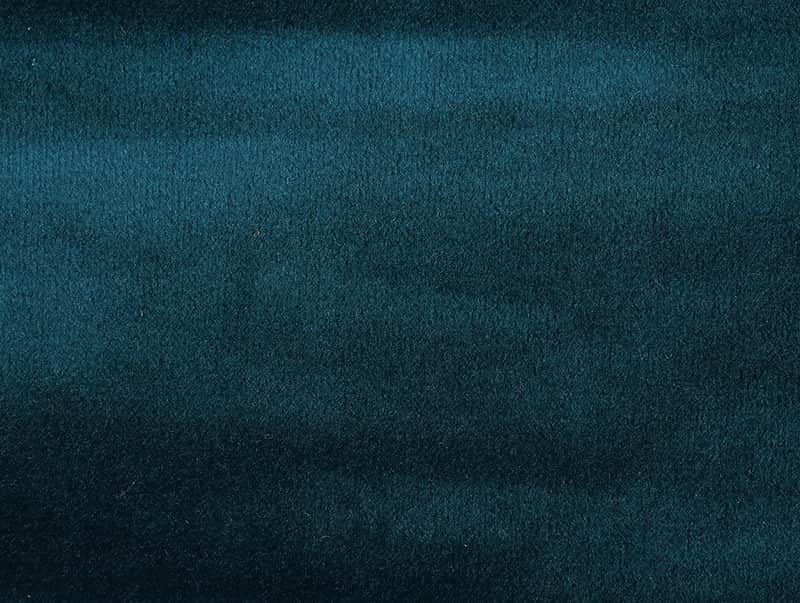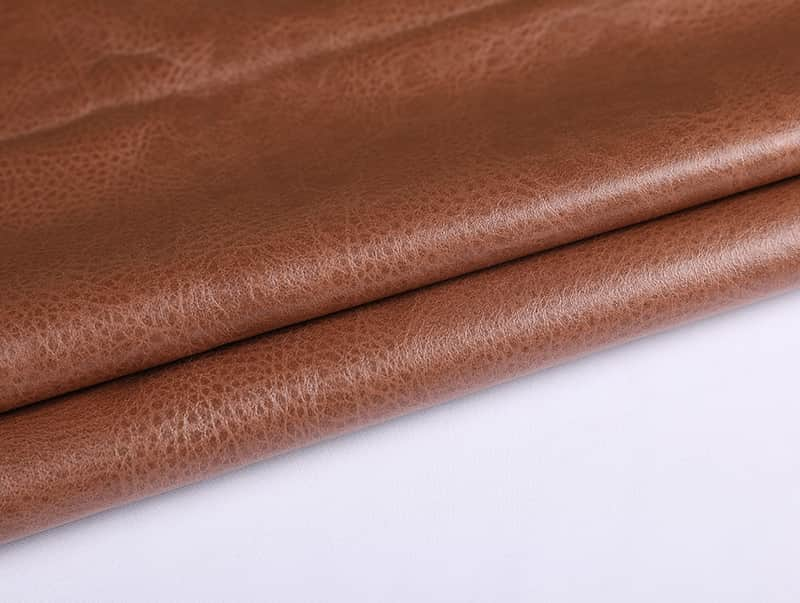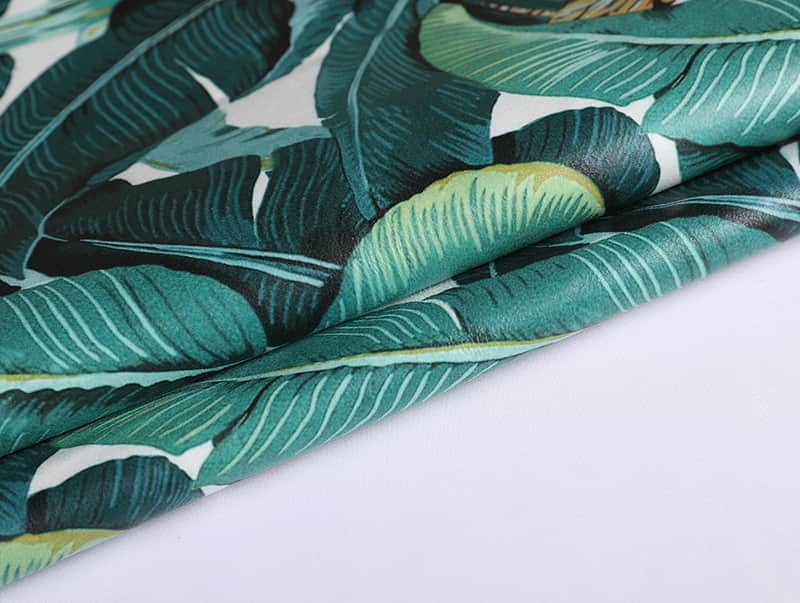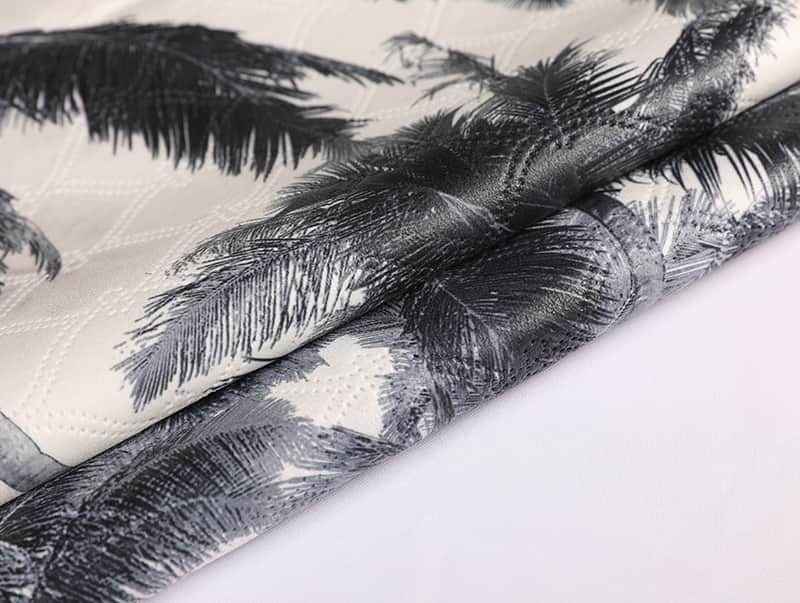The composition of automobile headliner fabric significantly influences its durability, texture, and appearance. Various materials and manufacturing techniques contribute to the overall performance and aesthetics of the fabric. Here's how the composition can impact different aspects:
Materials Used:
Polyester: Polyester is a common material for headliner fabric due to its durability, resistance to wrinkles, and affordability.
Nylon: Nylon is known for its strength and abrasion resistance, contributing to the durability of the fabric.
Blends: Some headliner fabrics use blends of materials (e.g., polyester and nylon) to achieve a balance of desirable properties.
Backing Material:
Foam Backing: Many headliner fabrics have a foam backing that provides cushioning, insulation, and sound absorption. The thickness and density of the foam impact the overall feel and insulation properties.
Weaving or Knitting Technique:
Woven Fabric: Woven fabrics are created by interlacing yarns at right angles. The weaving technique influences the strength and structure of the fabric.
Knit Fabric: Knitted fabrics have a more flexible structure, offering stretch and elasticity. The knitting technique affects the texture and drape of the fabric.
Surface Treatments and Coatings:
Laminates: Some headliner fabrics have laminates or coatings to enhance properties like water resistance, stain resistance, and UV protection.
Fire-Resistant Treatments: Fire-resistant treatments may be applied to meet safety standards.
Color Dyeing and Printing:
Dyeing: The method of color application, whether through solution dyeing, yarn dyeing, or piece dyeing, affects colorfastness and vibrancy.
Printing: If patterns or designs are printed onto the fabric, the printing technique influences the appearance and durability of the patterns.
Density and Thread Count:
Thread Density: The number of threads per square inch or centimeter influences the fabric's density, affecting its strength and durability.
Thread Thickness: Thicker threads may contribute to a more textured appearance.
Surface Texture:
Brushed Finish: Some headliner fabrics have a brushed finish for a softer texture.
Smooth Finish: Others may have a smooth finish for a sleek appearance.
Weight of the Fabric:
Lightweight: Lighter fabrics may offer flexibility and ease of installation but may sacrifice some durability.
Heavyweight: Heavier fabrics may provide enhanced durability but could be more challenging to work with during installation.
Dimensional Stability:
Shrink Resistance: The composition and manufacturing process can impact the fabric's resistance to shrinking, ensuring it maintains its shape over time.
Resistance to Environmental Factors:
UV Resistance: Certain materials and coatings contribute to UV resistance, preventing color fading over prolonged exposure to sunlight.
Mold and Mildew Resistance: Some fabrics are treated to resist mold and mildew, particularly important for areas prone to moisture.
Ease of Maintenance:
Stain Resistance: The composition can influence how well the fabric resists stains and how easily stains can be removed during cleaning.
Cost Considerations:
The choice of materials and manufacturing processes impacts the cost of production, which, in turn, affects the cost of the headliner fabric.
Different compositions cater to various preferences and practical considerations within the automotive industry.
